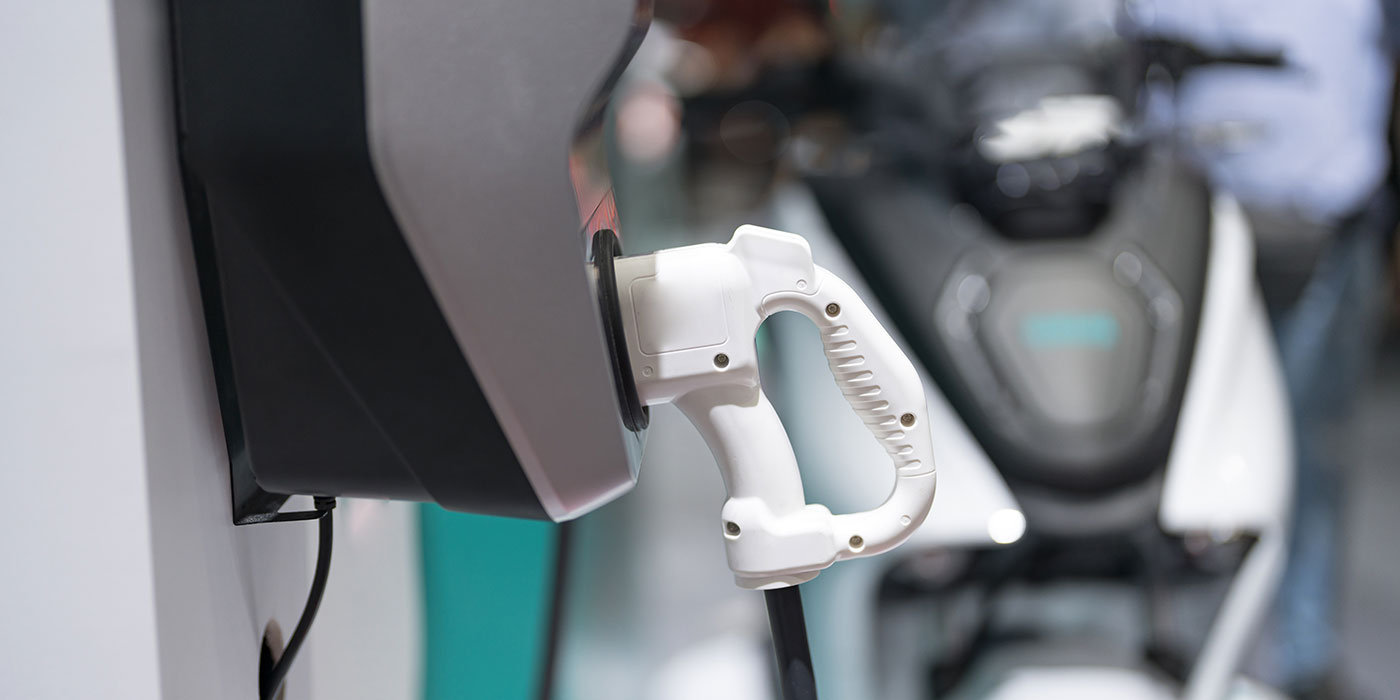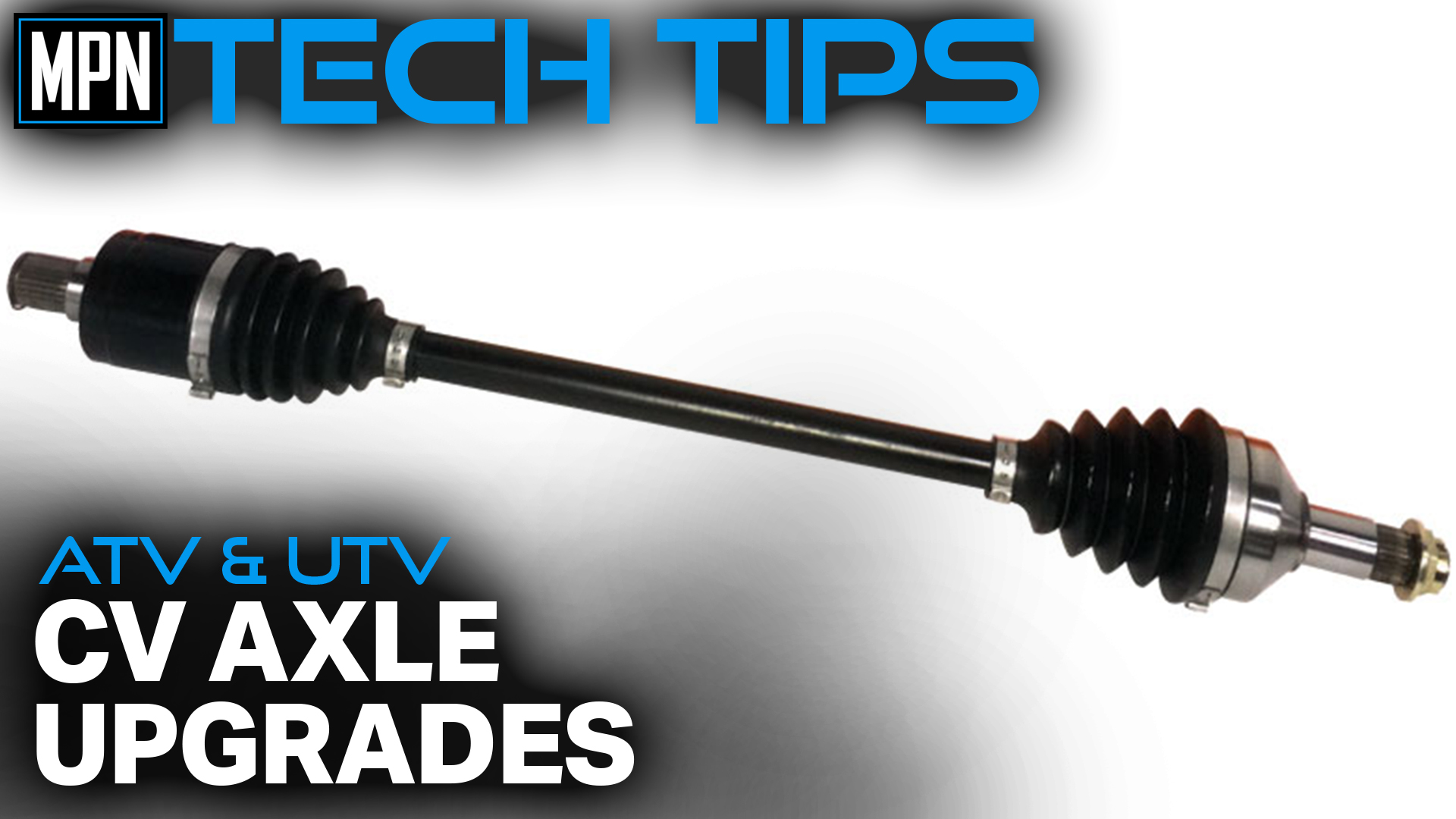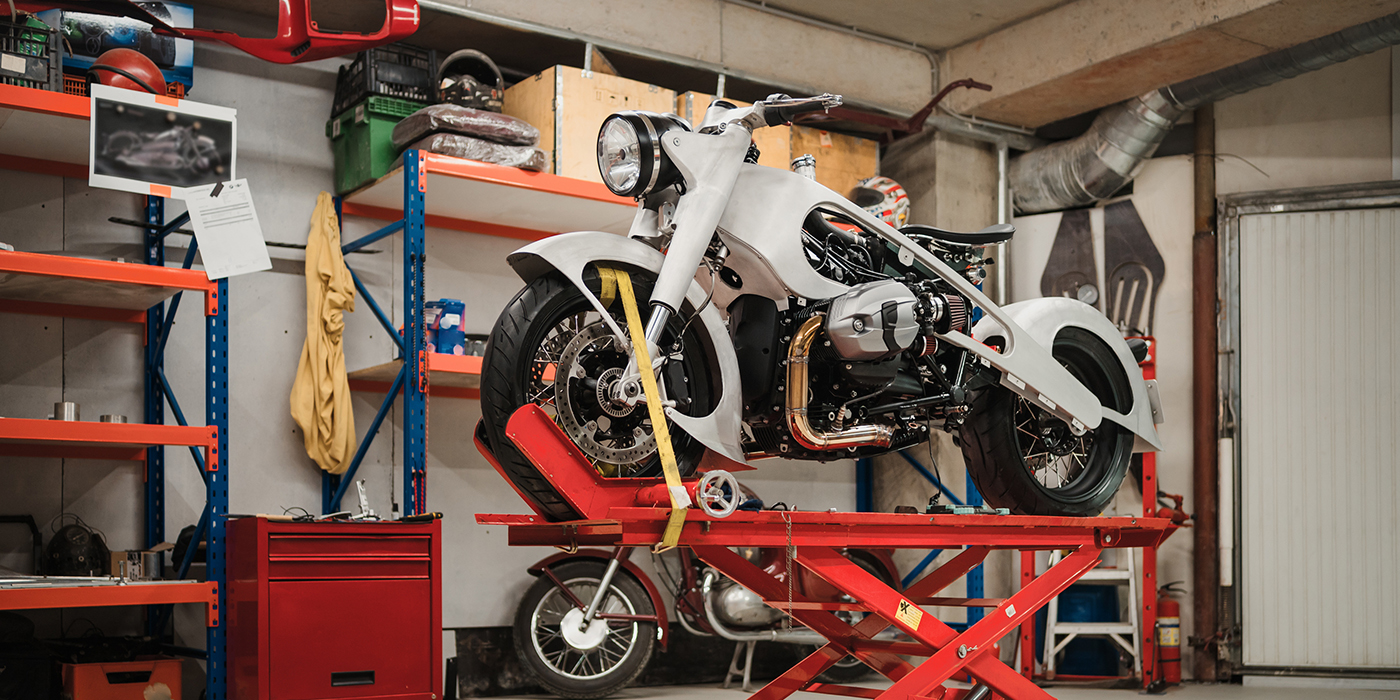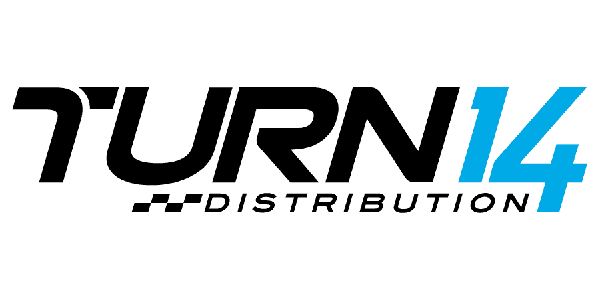This month, we’re diving into the world of dirt-oriented suspension systems. Off-road applications place significantly higher demands on suspension components compared to street use. This increased stress means that off-road suspensions often become the highest-maintenance point on the vehicle. For dirt bikes, it’s recommended to service the suspension every 20 to 40 hours of use to ensure optimal performance and longevity. For side-by-sides, it can be around 50 hours or 500 miles. Let’s break down the critical suspension points that require regular inspection and maintenance.
Seals and Dust Boots
Seals and dust boots should be the first components you inspect. These parts are particularly prone to cracking or becoming impacted with mud. When seals crack or get damaged, they will begin to leak, allowing oil to escape, dirt to enter and nitrogen to leak out. The loss of oil is usually easy to identify, but nitrogen leaks are more challenging to detect.
Shocks — and sometimes forks — are pressurized with nitrogen to maintain consistent performance regardless of temperature fluctuations. The nitrogen pressure prevents the damping oil from foaming during use. When the oil foams, it does not properly dampen the movement of the shocks, similar to air in a brake system. When nitrogen escapes, the oil starts to foam after rapid cycles, leading to a suspension system that initially appears functional but gradually loses its damping effectiveness, causing the vehicle to “float” more. Some higher-end shocks can be rebuilt and recharged with nitrogen, but many require complete replacement.
Chrome Surfaces
The chrome surfaces of fork tubes and shock shafts require more attention than they often receive. These surfaces are chromed for durability because chrome is one of the hardest and smoothest coatings available for metal — and it also looks cool. Dirt picked up while riding can damage the chrome surface, resulting in nicks, pitting or vertical scratches. These imperfections can easily damage seals and mating surfaces, leading to premature seal wear even with diligent maintenance. To protect these surfaces, consider applying a silicone spray. This spray helps lubricate the seals, protects the chrome and prevents dirt from bonding to the surface, thereby prolonging the life of both the seals and the chrome coating.
Pivot Points and Bushings
Pivot points and bushings are other areas that are prone to wear, even with the best seals. Dirt and moisture inevitably infiltrate mechanical pivots, causing them to wear out rapidly. If there are grease fittings on the pivot points, it’s good practice to grease them regularly. This process helps push out dirt and moisture, replacing it with fresh grease and ensuring smoother operation.
Remote Reservoirs
Many modern suspension setups include remote reservoirs for the oil and nitrogen. It’s essential to check these reservoirs and their lines for leaks or damage and to ensure that the mounts are secure. Often, the lines can begin to fail at pivot points or near mounts, and any sign of leakage or swelling should be addressed immediately to avoid catastrophic failure during use.
Fasteners and Torque Specs
Most suspension fasteners feature some form of locking mechanism, such as interference nuts or locking washers. However, it’s still crucial to periodically check these bolts with a torque wrench to ensure they haven’t loosened over time. Regular torque checks can prevent catastrophic failures that could result from a suspension component coming loose during use.
Suspension Settings
Once all components are inspected and confirmed to be in proper working order, it’s a good idea to review the settings on everything. First, check all preload settings to ensure they are appropriate for the vehicle’s intended use and are balanced front-to-rear and side-to-side. If the suspension has damping settings, give a basic inspection to make sure they are reasonable. Next, check that the suspension sag is correct. Sag is the measured amount that the suspension compresses from its fully extended position to the general ride height. From there, you can readjust preload or damping settings accordingly if needed. Customers often make adjustments to their suspension, sometimes not for the better, so verifying these settings is crucial for proper vehicle performance and customer satisfaction.
Upgrades
Suspension upgrades can significantly enhance the performance, versatility or appearance of an off-road vehicle. Manufacturers often cut costs in the suspension department, so aftermarket upgrades can provide substantial improvements in any direction that the customer may be interested in. Consider items like progressive springs and monotube shocks for improved suspension performance. Progressive springs offer different spring rates throughout the suspension stroke, providing a cushy ride and excellent off-road articulation while maintaining the vehicle’s potential load capacity. Monotube shocks offer better heat dissipation and improved damping performance compared to the twin-tube designs that are often installed from the factory.
Many aftermarket shocks also offer adjustable damping, allowing users to fine-tune their suspension to suit various conditions and driving styles. This tunability can vastly improve the vehicle’s performance, making it more adaptable to different terrains and uses.
When discussing suspension upgrades or replacements with customers, it’s essential to understand how they plan to use their vehicles. This information allows you to make tailored recommendations based on their specific needs and usage patterns. Whether they need a suspension setup for aggressive off-roading, utilitarian work, a smooth ride for the family or a combination of all three, understanding their requirements will help you suggest the best possible solutions. This will lead to satisfied customers and hopefully some referrals for more business.
Maintaining and upgrading off-road suspension systems is crucial for ensuring optimal performance and longevity. Regular inspection and maintenance of seals, chrome surfaces, pivot points and fasteners, combined with thought-out upgrades, can make a significant difference in how a vehicle handles and performs in demanding off-road conditions.














